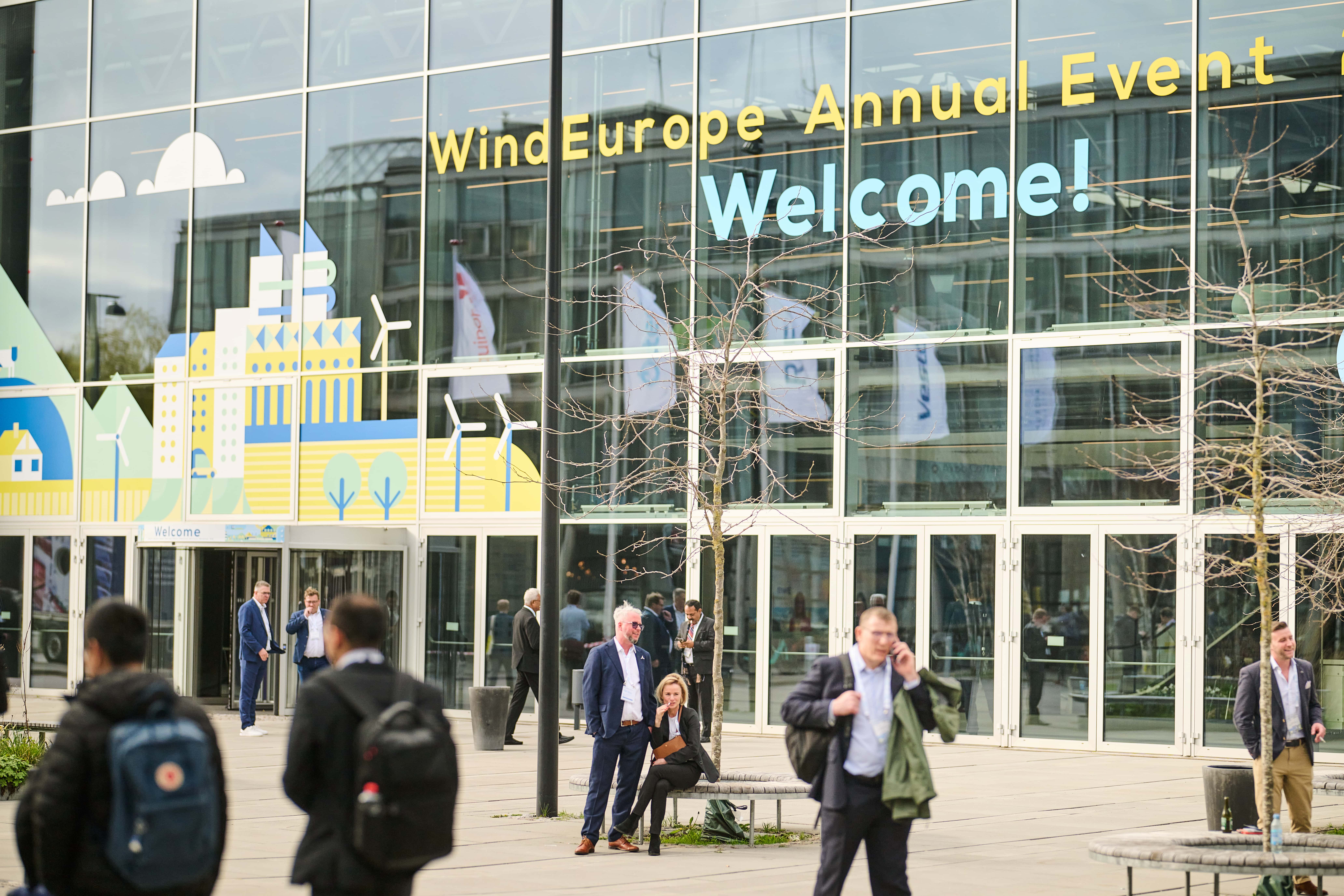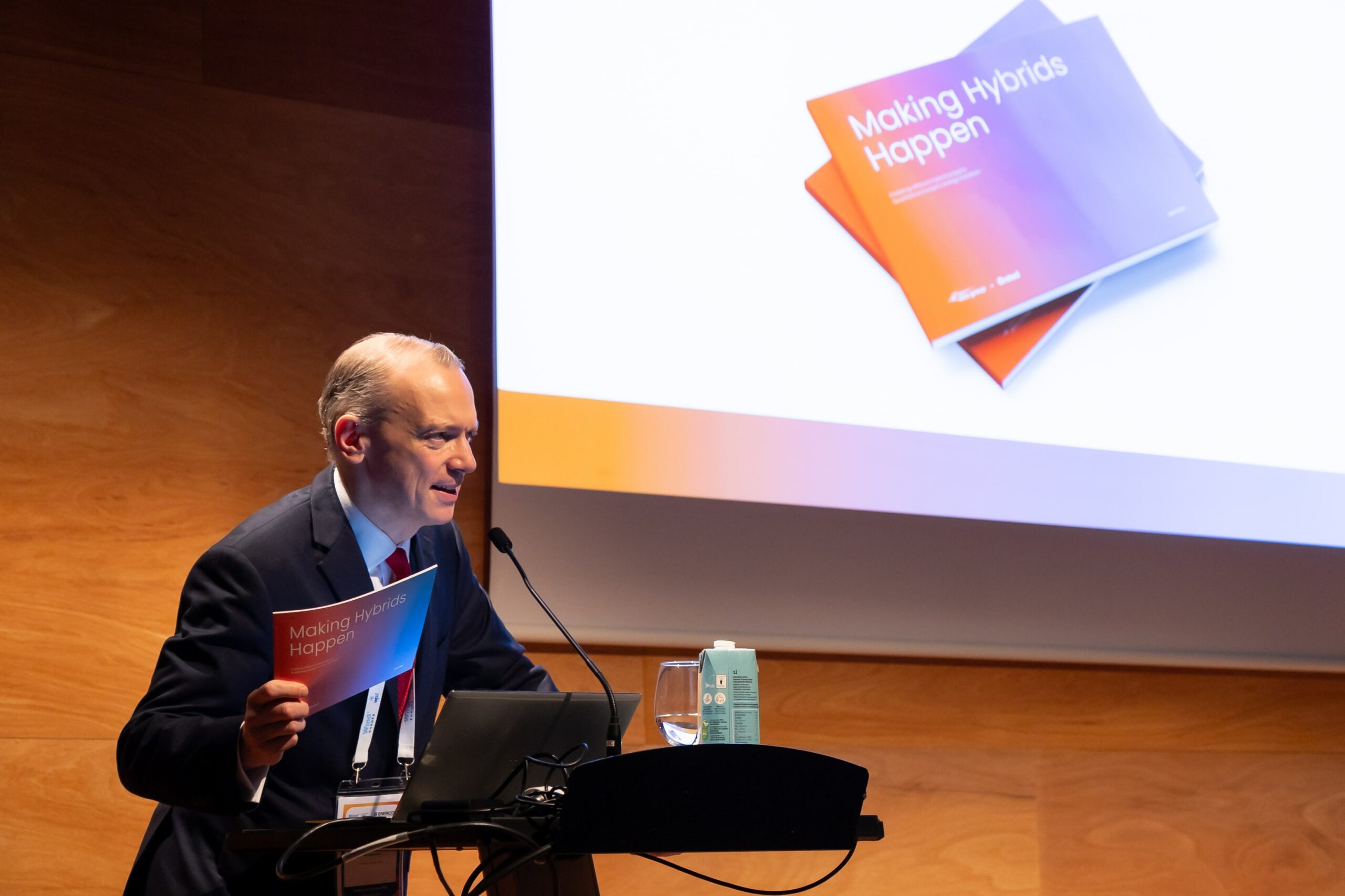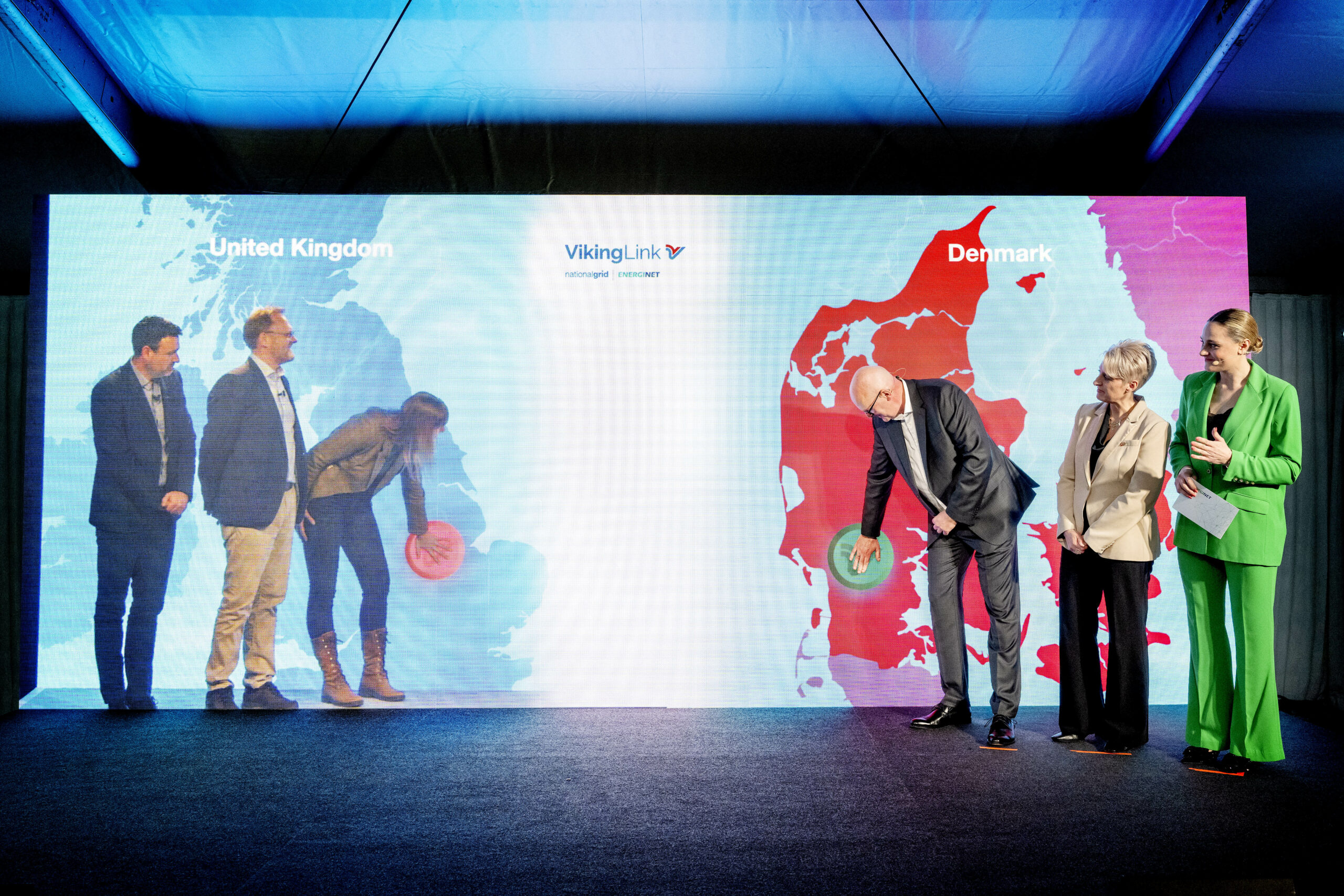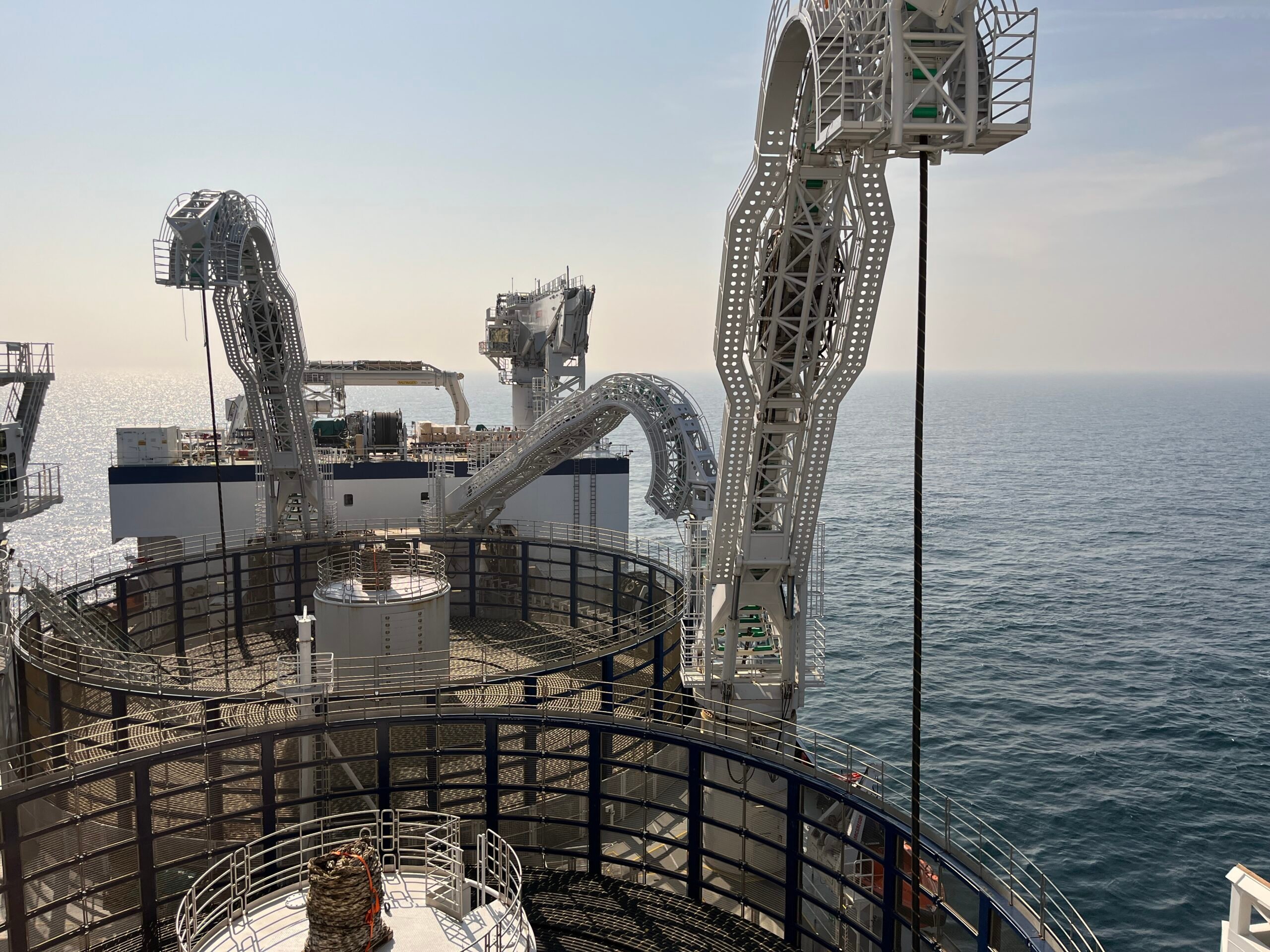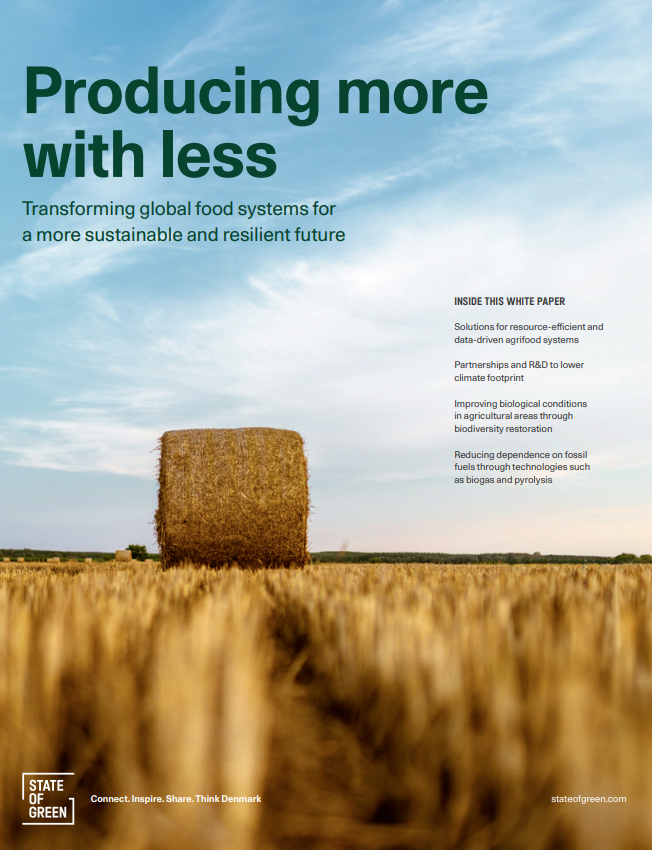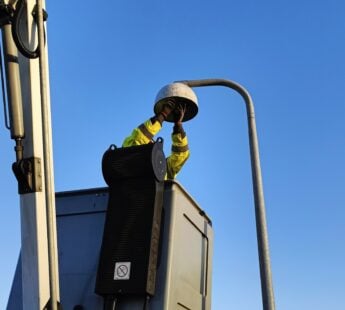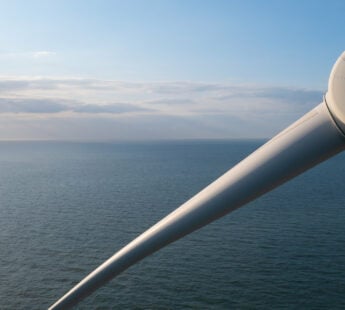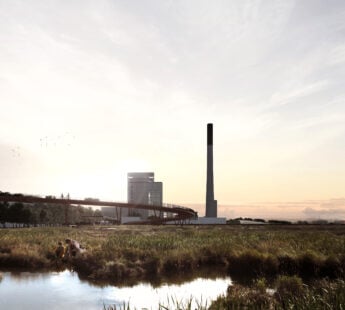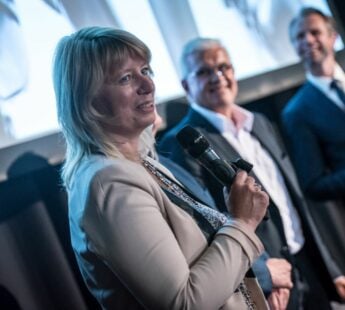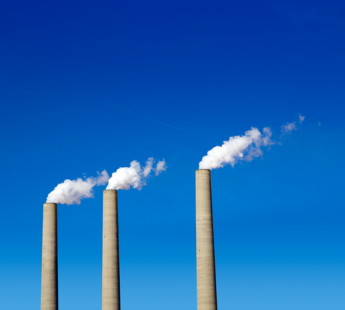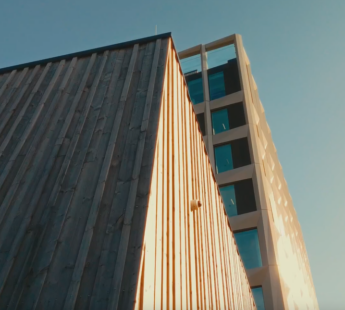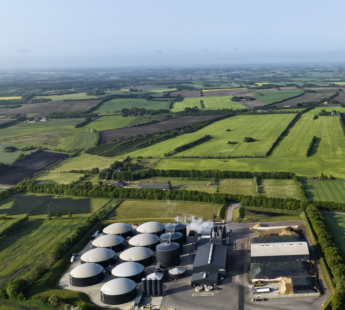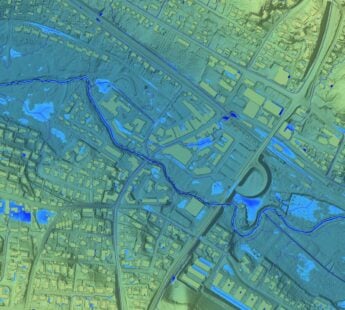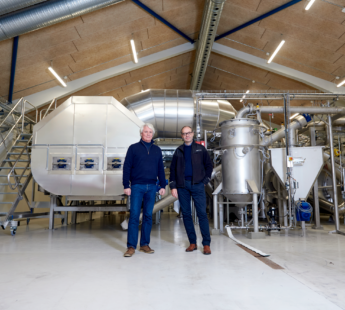News
Living labs
Smart buildings
Smart grid
Smart Energy Project, EcoGrid 2.0, is launched Monday


From the Technical University of Denmark's control room, it is possible to follow the energy consumption on Bornholm and thereby collect useful information on how to move parts of the electricity consumption to timeframes, where it will benefit the overall electricity system.
Jørgen S. Christensen, research- and technology director at Danish Energy Association as well as acting chairman of the EcoGrid-steerring committee, is excited to present the project, which is going to gather experiences from the real world and applying it to the development of the future electricity system:
- Far too many research projects in flexible electricity consumption are happening at the desks. With EcoGrid 2.0, we are doing experiments, which build upon the consumers’ active participation. This is definitely some of the most important knowledge we as researchers can gather, Jørgen S. Christensen explains.
Danish Energy Association has the project management role in EcoGrid 2.0 with an overall budget of 98 million DKK running until June 2019.
Everybody with an interest for the development of the electricity system is invited, when the EcoGrid 2.0 is launched this Monday April 11th. During the event Thea Larsen, Chairman of EUDP, and Jørgen S. Christensen, Chairman of the EcoGrid steering committee, will introduce the EcoGrid 2.0. Afterwards a panel will discuss the future energy system.
Read more about the event here.
Source: Danish Energy Association
You should consider reading
publications
Resource efficient production
+15
